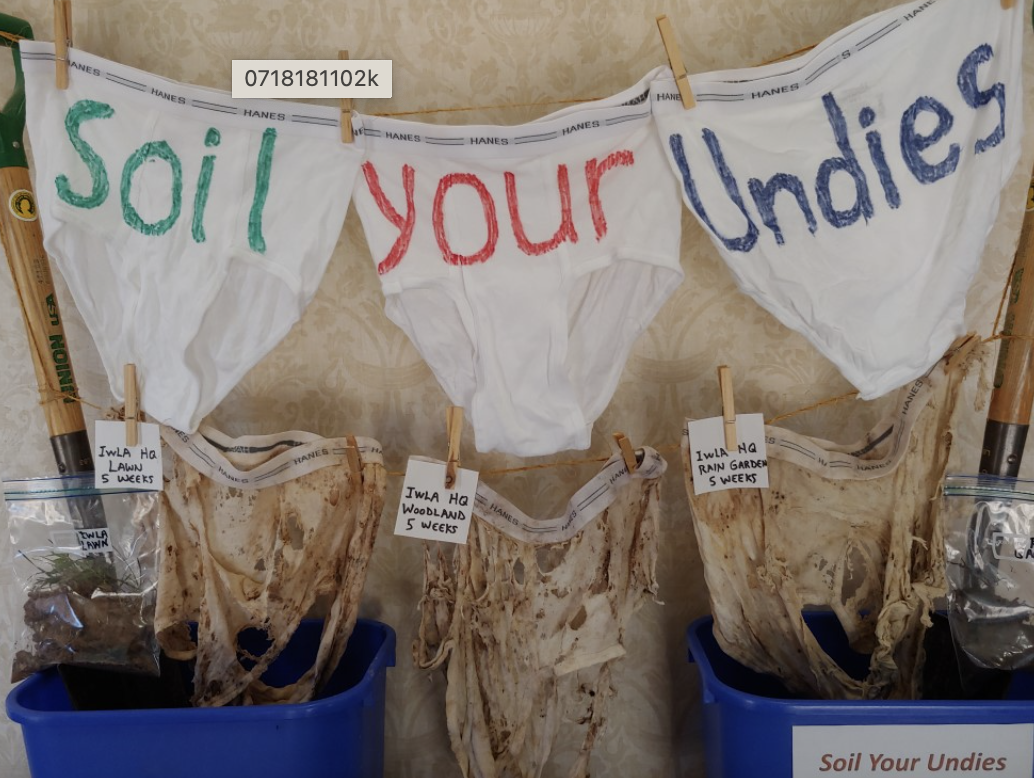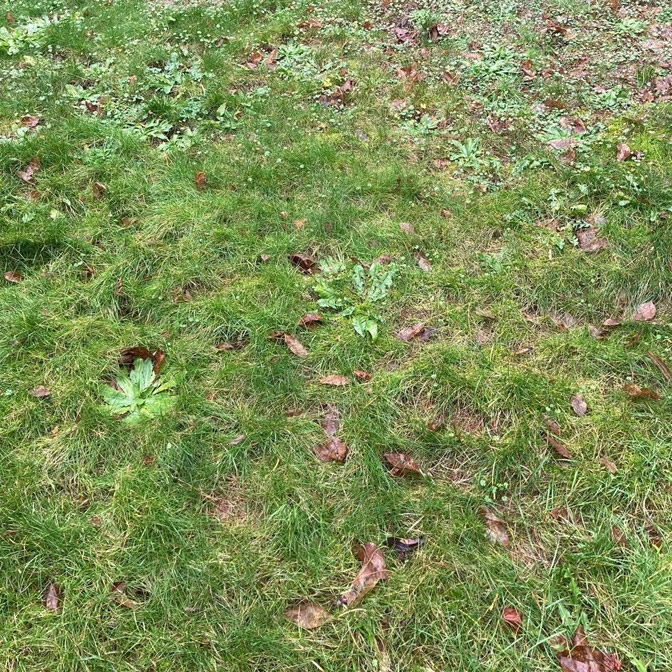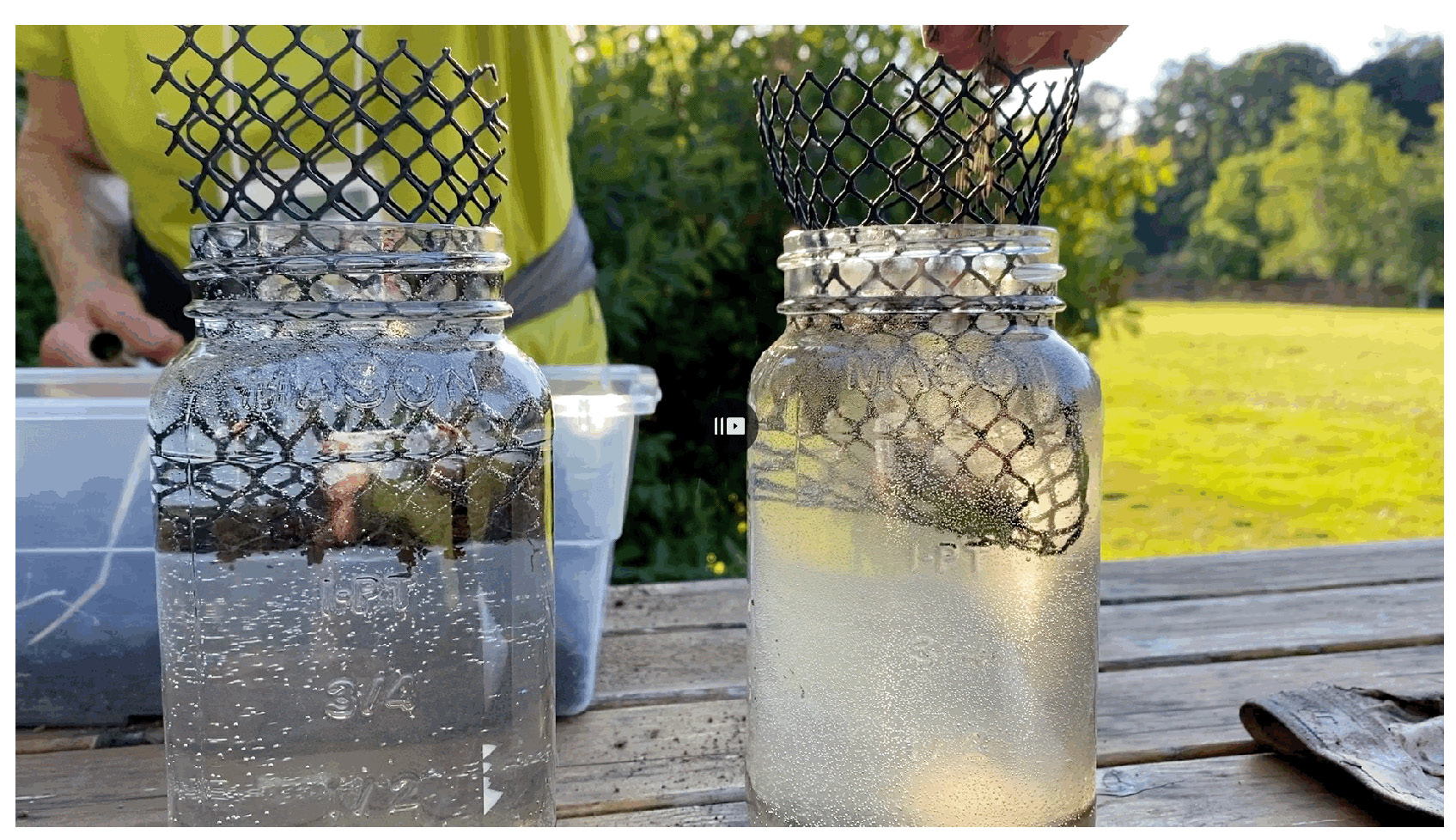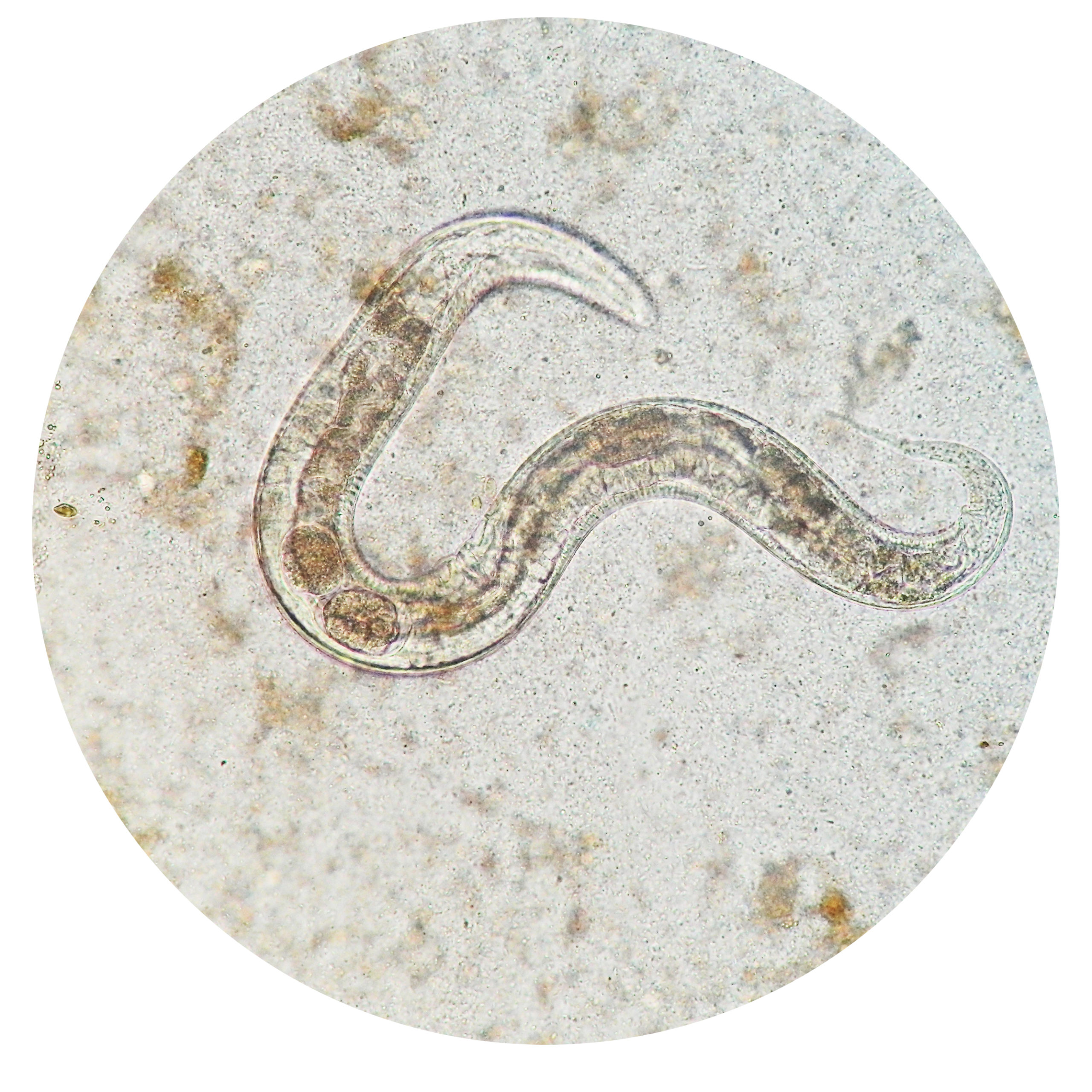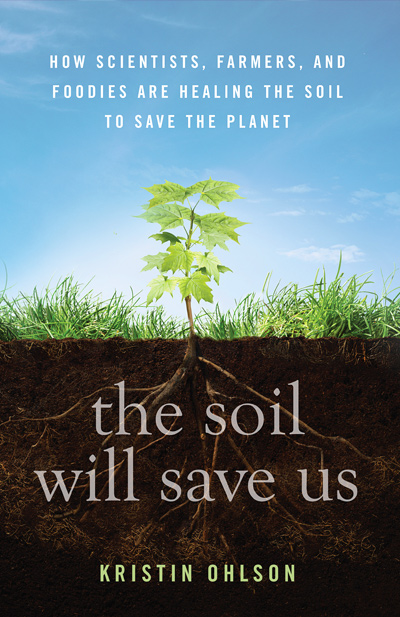How to Support Healthy Soil in Your Own Backyard!
Five Principles of Healthy Soil:
- Maximize Living Roots – soil should have plants covering the surface. Add cover crops or ground covers to your garden.
- Minimize Disturbance – tilling breaks up the soil microorganism community, particularly the network of mycorrhizal fungi. Leave soil undisturbed and let the herd of soil organisms do their work.
- Maximize Soil Cover – No bare soil! Ideally soil should be covered with living plants but adding a cover of compost, straw, or wood chips is second best. This prevents wind and water erosion as well as food for the soil organisms.
- Maximize Diversity – Mix things up and allow different types of plants to grow together.
- Eliminate (or greatly reduce) Pesticides and Artificial Fertilizers – Pesticides and artificial fertilizers kill soil organisms. Trust nature and eliminate the use of chemicals.
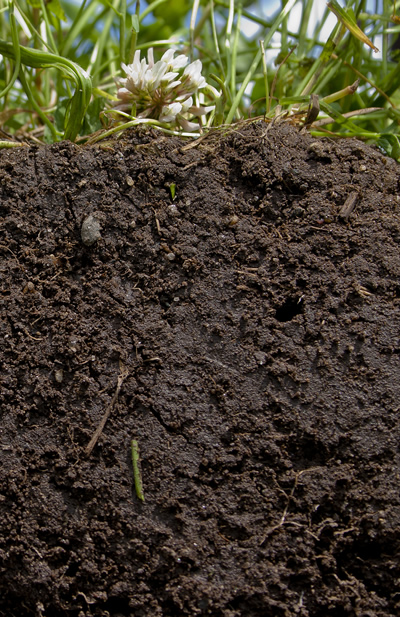
Join us for the 2025 “Soil Your Undies” Challenge…
…and learn more about the health of your soil. The “Soil Your Undies” challenge is a fun, hands-on way to find out!
We’ll provide the materials (cotton undies and flag markers); all you need to do is bury the undies and see what happens! After two months, dig them up, take a photo, and share your findings.
David R. Montgomery, a leading expert, author, and researcher on soil health, spoke about the revolution in soil management and its connection to our food.
Did you miss David’s excellent on-line presentation on April 14?
No worries – we saved it for you right here!
The Living Soil, Part 1
We know that the soil in our yards, fields and forests is host to myriad animals. Most of us first think of worms, of course, and indeed, worms are some of the larger creatures down there, lest we forget the burrowing rodents (and owls!) and other larger mammals who use burrows as shelter and protection from the elements and predators.
But for the smaller creatures, the soil provides not only shelter but food. Everything they need: food, air and water, is there. Consider the variety of “soil organisms”: besides worms, there are nematodes, beetles, centipedes, springtails, protozoa, fungi mycorrhizae, bacteria, and even archaea-extremely small single-cell organisms without cell walls that date back to the earliest life on our planet.
How can all this life be happening in what appears, to us, to be solid ground?
LEARN MORE…
Are Lawns Getting a Bad Rap?
Healthy soil can sequester vast amounts of carbon, possibly to the point of reversing global change. To be healthy, soil depends on natural complicated relationships among the organisms, plant and animal, that live in it. To go a step farther, there is mounting evidence that “roots in the ground” are very important for nurturing and maintaining the cycle of underground life.
So, what about lawns? They can get a bad rap as high-maintenance, water-guzzling, chemically-enhanced habitat deserts. A lawn can, however, be an effective soil-enhancer.
LEARN MORE…
Soil Aggregates – Where Texture and Organic Matter Meet
What makes up Healthy Soil?
50% Solids
– 45% Minerals – weathered rock (sand, silt, clay)
– 5% Organic matter and living organisms
50% Space for air and water.
The solids are glued together into clumps by excretions from soil organisms. These clumps are called soil aggregates. The aggregates make spaces or pores for water and air. These spaces also provide habitats for microorganisms that support decomposition and nutrient cycling.
LEARN MORE…
Getting to Know a Soil Creature – The Nematode
While nematodes have been known to have a “bad” reputation, the majority of species are beneficial to soil health and the environment. There are four major ways that they enhance soil quality. They:
- Help regulate populations of other soil organisms as predators in the food web
- Mineralize nutrients into plant available forms
- Provide a food source for other beneficial organisms
Consume disease-causing organisms
LEARN MORE...
The Soil Will Save Us
Kristin Ohlson, author of The Soil Will Save Us, presents her case for “our great green hope” – a way in which we can heal the land, turn atmospheric carbon into beneficial soil carbon, and potentially reverse global warming – through regenerative agricultural and landscaping practices.
In her talk, Ohlson introduces some of the visionaries from her beautifully researched book. She shared stories from scientists, farmers, ranchers, and landscapers—who are figuring out in the lab and on the ground how to build healthy soil including the herd of microorganisms that escape our notice. Better land management practices, that lead to healthy soils, can help solve a myriad of problem: including drought, erosion, air and water pollution, and food quality, as well as climate change.
Ohlson’s presentation was eye-opening and inspiring, and we ended with a lively set of questions and answers.
CSWCD Postings – I Dig Healthy Soil:
- The 2019 Soil Health Challenge https://conservationdistrict.org/2019/join-in-the-2019-soil-health-challenge.html
- Part 1 Soil Health Challenge 2018
https://conservationdistrict.org/2018/soil-health-cotton-brief-challenge.html - Part 3
https://conservationdistrict.org/2018/soil-health-and-the-cotton-brief-challenge-part-3-html.html?highlight=soil%20your%20undies

